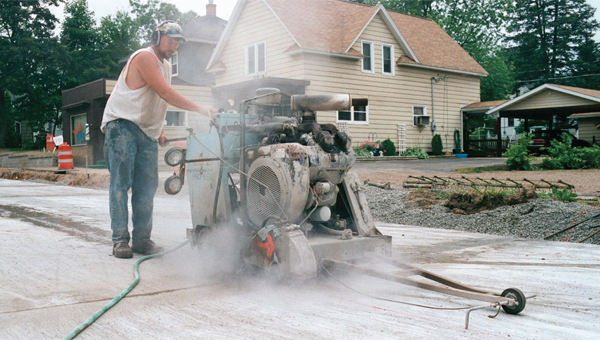OSHA Was Off. Way Off.
OSHA was off, way off!
That’s according to a new report by the Construction Industry Safety Coalition (CISC), which found that the Occupational Safety and Health Administration’s (OSHA) proposed silica standards for U.S. construction industry will cost the industry $5 billion per year—roughly $4.5 billion per year more than OSHA’s estimates. The coalition cautioned that the flawed cost estimates reflect deeper flaws in the rule and urged the federal agency to reconsider its approach.
OSHA’s proposed rule, intended to drastically reduce the permissible exposure limit (PEL) of crystalline silica for the construction industry, was underestimated by the agency to cost the construction industry about $511 million a year.
“The cost and impact analysis from OSHA reflects a fundamental misunderstanding of the construction industry,” a CISC statement reads. “The OSHA analysis included major errors and omissions that account for the large discrepancies with the CISC report.”
The report estimates that about 80 percent of the cost ($3.9 billion/year) will be direct compliance expenditures by the industry such as additional equipment, labor and record-keeping costs. The remaining 20 percent of the cost ($1.05 billion/year) will come in the form of increased prices that the industry will have to pay for construction materials and building products such as concrete block, glass, roofing shingles and more. OSHA’s estimates failed to take into account these additional costs to the construction industry that will result from the proposed standard.

Dry cut saw methods produce substantial air-born particles. Methods to control silica dust with water are among the project requirements. (Photo courtesy of the Portland Cement Association, www.cement.org, Concrete Construction Image Library, Volume 1.)
According to the CISC statement, this will then be passed down to customers in the form of higher prices and mean “significant” job losses for the construction industry and the broader economy.
The CISC estimates that the proposed regulation would reduce the number of jobs in the U.S. economy by more than 52,700 yearly. That figure includes construction industry jobs, jobs in related industries such as building material suppliers, equipment manufacturers and architects, as well as losses in non-construction sectors. Additionally, the losses are full-time employee positions. Factoring in the many part-time or seasonal jobs, that number could increase to close to 80,000 positions lost.
“This report clearly demonstrates OSHA’s lack of real world understanding of the construction industry and raises serious questions about their ability to responsibly craft industry standards,” says Associated Builders and Contractors (AGC) vice president of government affairs Geoff Burr. “We hope that this report will lead OSHA to withdraw its proposed rule and work more closely with the construction industry to emphasize compliance with the current standard.”
Stephen E. Sandherr, CEO of AGC, echoes Burr’s concerns. “These errors raise serious and significant questions about many of the other assumptions the agency relied upon in crafting its new rules,” he says. “We need measures in place that are going to allow all of us to continue the significant improvements in silica safety the industry has made, and the sad truth is that the agency’s rule is too riddled with errors to do that.”
The full CISC report, which was also submitted to OSHA, can be found at: www.nahb.org/silicareport.







